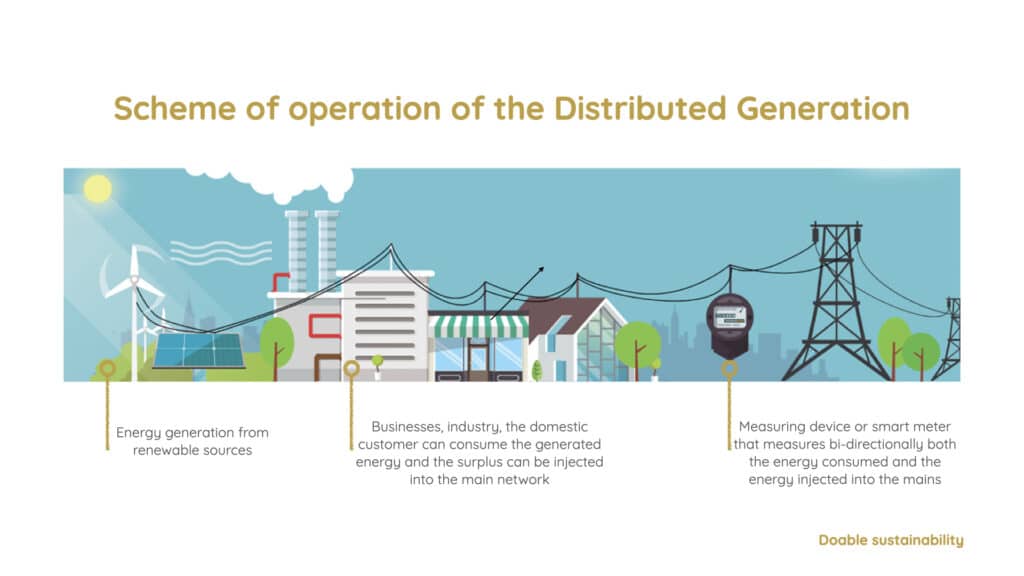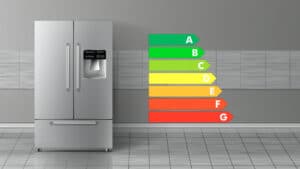In the beginning of the history of electricity (19th century) small electricity distribution networks were built to serve a small group of people. This is a “microgrid”, a “small” network that uses small-scale technologies to produce electricity close to the end users, always in Low Voltage.
As the demand increased, it moved to more complex and comprehensive systems, with large electricity producers and large distributions. This is the system that prevails in developed countries.
With the implementation of renewable energies and the “unpredictability” of production that characterizes them, a new electrical revolution has begun. If we add to this the social and structural demand for efficient systems and zero emissions (Agenda 2050 UN ODS7), the microgrids are once again an issue to talk about, as they are presented as a possible response to these needs.
How does a microgrid really work?
Microgrids are intelligent systems that function as an isolated system from the main network. They have two modes of system operation, either connected mode or isolated mode.
The connected mode is to remain connected to the general network. Normally they do this through the power transformer. The isolated mode, as its name indicates, is to work in an island, isolated from the main network.
In other words, the existence of these two modes responds to the consumption needs of the end users. If the system is capable of producing enough energy that the consumers need and there are no energy surpluses or shortages, they will work in isolation.
Otherwise, if this does not happen, they will work in connected mode. In case the demand is higher than the generation, they will use the energy from the main network to supply the end user. If the opposite is the case, i.e. more energy is produced than consumed, the surplus energy will be absorbed by the storage systems provided that these are sufficiently discharged, otherwise it will be dumped into the main grid.
Advantages of distributed generation or microgrids
No one can deny that they are multiple:
- in many cases, distributed generators can provide lower cost electricity
- increased reliability and security energy
- uses integral multi-generation systems implementing the efficiency
- being located near the points of consumption, network losses are greatly reduced
- supports the reduction of peak demand by supplying energy during periods of peak demand
- less environmental impact than traditional power generators by using renewable sources
Current implementation barriers
Despite the advantages we have seen before, they still have some barriers that must be overcome in order to be successfully implemented.
- the lack or a better legal framework to regulate them and help their implementation
- due to its circuit structure, requires more complex network protection schemes
- high return on investment periods
- both the communication systems between the agents in the network have to be fast and efficient
- the communication between the agents is of great complexity
- like everything else, the success of micro-networks will be brought about through the standardization of the equipment that makes up the system
References & Resources
- Introduction to Distributed Generation – Virginia Tech
- Renewable and Sustainable Energy Reviews, (July 2018) Microgrids: A review of technologies, key drivers, and outstanding issues
- National Renewable Energy Laboratory (October 2017) Grid-Connected Distributed Generation: Compensation Mechanism Basics
- Liu Zhenya (2015) Global Energy Interconnection
- Ingenius. Media, Ricardo David (2014) Microrredes basadas en Electrónica de Potencia: Características, Operación y Estabilidad
- Pexels: Ansel Lee




